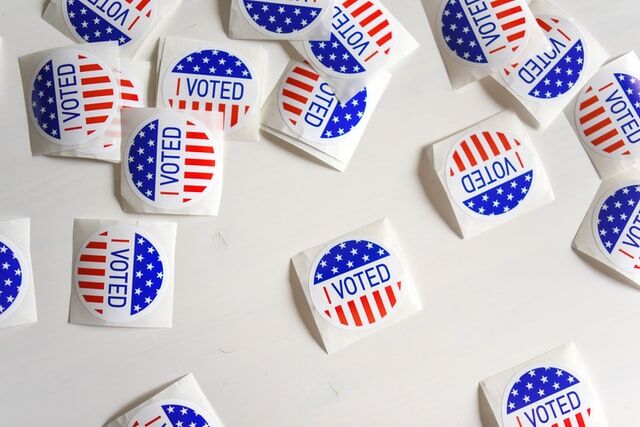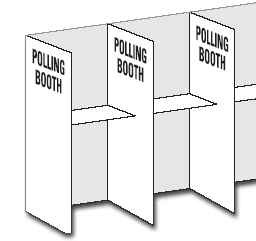Editorial: The complicated nature of race and voting patterns
The ISD Editorial Board examines the intricate relationship between race and voting patterns in the United States.
November 7, 2020
What if only people of color voted?
An analyst at FiveThirtyEight pulled from various polls in 2018 to map the country’s voting patterns if only “blank” (insert race, gender, other demographic) voted. The map that was most noteworthy depicted the U.S. as nearly completely blue. The demographic associated with it was people of color. Based on these predictions, if only people of color were allowed to vote, there would be 388 Democratic districts and only 47 Republican districts.
This should cause you to think deeply on the implications of race in America, regardless of your personal political affiliations. Before doing so, it’s important to note that race is not monolithic, meaning there are several other variables that come into play, such as age, gender and ethnicity. A brief history of racially targeted voter suppression and discrimination is also vital in providing context to this topic.
The Voting Rights Act, voter suppression, eligibility and turnout have all contributed to the large divide among race and political party affiliation that we see.
The Voting Rights Act was imperative for securing people of color the right to vote, but the Supreme Court voted against section 5 of the act in 2013, essentially allowing many states to implement stringent voting laws that disproportionately affected non-white voters, resulting in voter suppression.
To exemplify this, North Dakota passed a law that required all voters to present an ID with their street address on it in order to vote. However, many Native Americans living on reservations did not have a street address — making them ineligible to vote — until several tribes and organizations came to their aid to provide documentation of street addresses.
Along with eligibility, the population of citizens living in U.S. territories (Washington, D.C.; Puerto Rico; Guam; U.S. Virgin Islands; North Mariana Islands; American Samoa) totals over 3.4 million, yet all of these people are not eligible to vote.
The War on Drugs led to extremely high incarceration rates of Black and Latino Americans — eliminating their right to vote in many states.
All of this ties into racial discrimination, where “in 2017 alone, Native Americans, Latinos and African Americans were two, three and four times, respectively, more likely than their white counterparts to report experiencing racial discrimination when trying to vote or participate in politics.”
Because there are so many variables other than race that influence political party affiliation, it is difficult to draw conclusions from this. However, it is apparent that being a racial minority in America is an extremely different experience than being white.
Along these lines, there is a social norm, defined as a radicalized social constraint by associate professors and authors Ismail White and Cheryl Laird, that “supporting the Democratic Party has come to be understood as just something you do as a Black person, an expectation of behavior meant to empower the racial group.” To not participate in this social norm is to alienate yourself.
This creates a tether between Black party loyalty and political power since Democrats rely on Black support and Black people are assumed to rely on Democratic empowerment.
The social unrest regarding police brutality toward people of color, triggered by the killing of Gerge Floyd in May, cemented Black support for Democrats as well, since Republicans were less likely to support Black Lives Matter than Democrats. This goes along with the failure of President Donald Trump to condone white supremacy to the fullest extent.
An insightful argument to bring up in contrast to these points is the reiteration that race is not monolithic. Grouping each race into one political category could result in ignoring all the other variables in American politics: different demographics, different elections, state-by-state voting laws (Georgia’s flawed system, felon disenfranchisement, etc). Perhaps race is less important in determining voting patterns than other variables.
One clear example of this is age, where millennial voters are more likely to be Democrats than Republican, regardless of race.
The relationship between all of these variables creates an intricate network of connections — tying together race and age, voter suppression and eligibility, historical background and current social and political contexts into knots.
Detangling these ties is a job worthy of lifetimes of work. The most cut-and-dry way we were able to piece this together was that people of color are more likely to vote Democrat due to a complex history of social and political separation, discrimination and suppression.

















